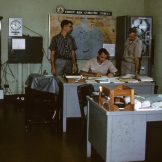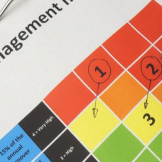Turning Cyber Policy Into Practice
Executive orders, frameworks, and acts of Congress tell agencies what their cybersecurity goals should be, but generally leave implementation details to other entities. The National Cybersecurity Center of Excellence (NCCoE), a component of the Commerce Department’s National Institute of Standards and Technology (NIST), fills that need — developing actionable, standards-based guidance that helps agencies turn… Read more »










